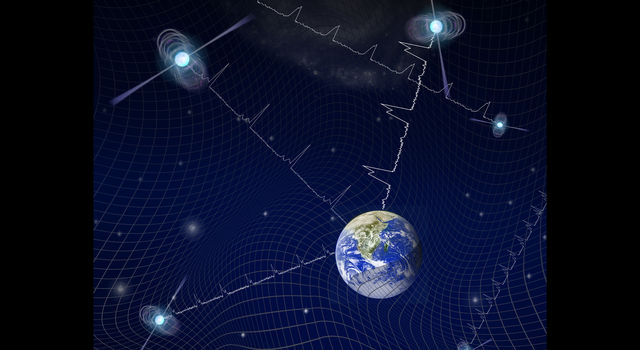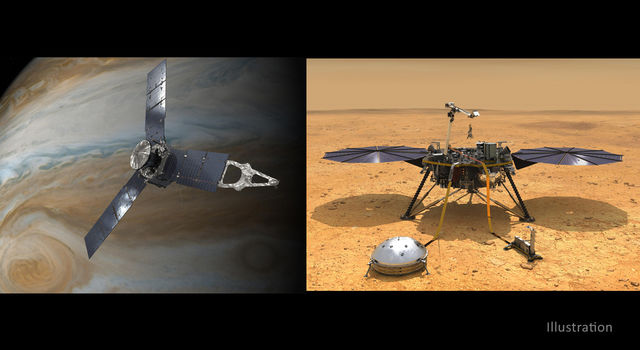Blogs | Rocks and Stars with Amy | November 15, 2010
This Asteroid Inspected by #32
Over the course of the nine months we've been operating WISE, we've observed over 150,000 asteroids and comets of all different types. We had to pick all of these moving objects out of the hundreds of millions of sources observed all over the sky -- so you can imagine that sifting through all those stars and galaxies to find the asteroids is not easy!
We use a lot of techniques to figure out how to distinguish an asteroid from a star or galaxy. Even though just about everything in the universe moves, asteroids are a whole lot closer to us than your average star (and certainly your average galaxy), so they appear to move from place to place in the WISE images over a timescale of minutes, unlike the much more distant stars. It's almost like watching a pack of cyclists go by in the Tour de France. Also, WISE takes infrared images, which means that cooler objects like asteroids look different than the hotter stars. If you look at the picture below, you can see that the stars appear bright blue, whereas the sole asteroid in the frame appears red. That's because the asteroid is about room temperature and is therefore much colder than the stars, which are thousands of degrees. Cooler objects will give off more of their light at longer, infrared wavelengths that our WISE telescope sees. We can use both of these unique properties of asteroids -- their motion and their bright infrared signatures -- to tease them out of the bazillions of stars and galaxies in the WISE images.
Thanks to the efforts of some smart scientists and software engineers, we have a very slick program that automatically searches the images for anything that moves at the longer, infrared wavelengths. With WISE, we take about a dozen or so images of each part of the sky over a couple of days. The system works by throwing out everything that appears again and again in each exposure. What's left are just the so-called transient sources, the things that don't stay the same between snapshots. Most of these are cosmic rays -- charged particles zooming through space that are either spat out by our sun or burped up from other high-energy processes like supernovae or stars falling into black holes. These cosmic rays hit our detectors, leaving a blip that appears for just a single exposure. Also, really bright objects can leave an after-image on the detectors that can persist for many minutes, just like when you stare at a light bulb and then close your eyes. We have to weed the real asteroid detections out from the cosmic rays and after-images.
The data pipeline is smart enough to catch most of these artifacts and figure out what the real moving objects are. However, if it's a new asteroid that no one has ever seen before, we have to have a human inspect the set of images and make sure that it's not just a collection of artifacts that happened to show up at the right place and right time. About 20 percent of the asteroids that we observe appear to be new, and we examine those using a program that we call our quality assurance (QA) system, which lets us rapidly sift through hundreds of candidate asteroids to make sure they're real. The QA system pops up a set of images of the candidate asteroid, along with a bunch of "before" and "after" images of the same part of the sky. This lets us eliminate any stars that might have been confused for the asteroids. Finally, since the WISE camera takes a picture every 11 seconds, we take a look at the exposures taken immediately before the ones with the candidate asteroid -- if the source is really just an after-image persisting after we've looked at something bright, it will be there in the previous frame. We've had many students -- three college students and two very talented high school students -- work on asteroid QA. They've become real pros at inspecting asteroid candidates!
Meanwhile, the hunt continues -- we're still trekking along through the sky with the two shortest-wavelength infrared bands, now that we've run out of the super-cold hydrogen that was keeping two of the four detectors operating. Even though our sensitivity is lower, we're still observing asteroids and looking for interesting things like nearby brown dwarfs (stars too cold to shine in visible light because they can't sustain nuclear fusion). Our dedicated team of asteroid inspectors keeps plugging away, keeping the quality of the detections very high so that we leave the best possible legacy when our little telescope's journey is finally done.
TAGS:UNIVERSE, SOLAR SYSTEM, ASTEROIDS, WISE








